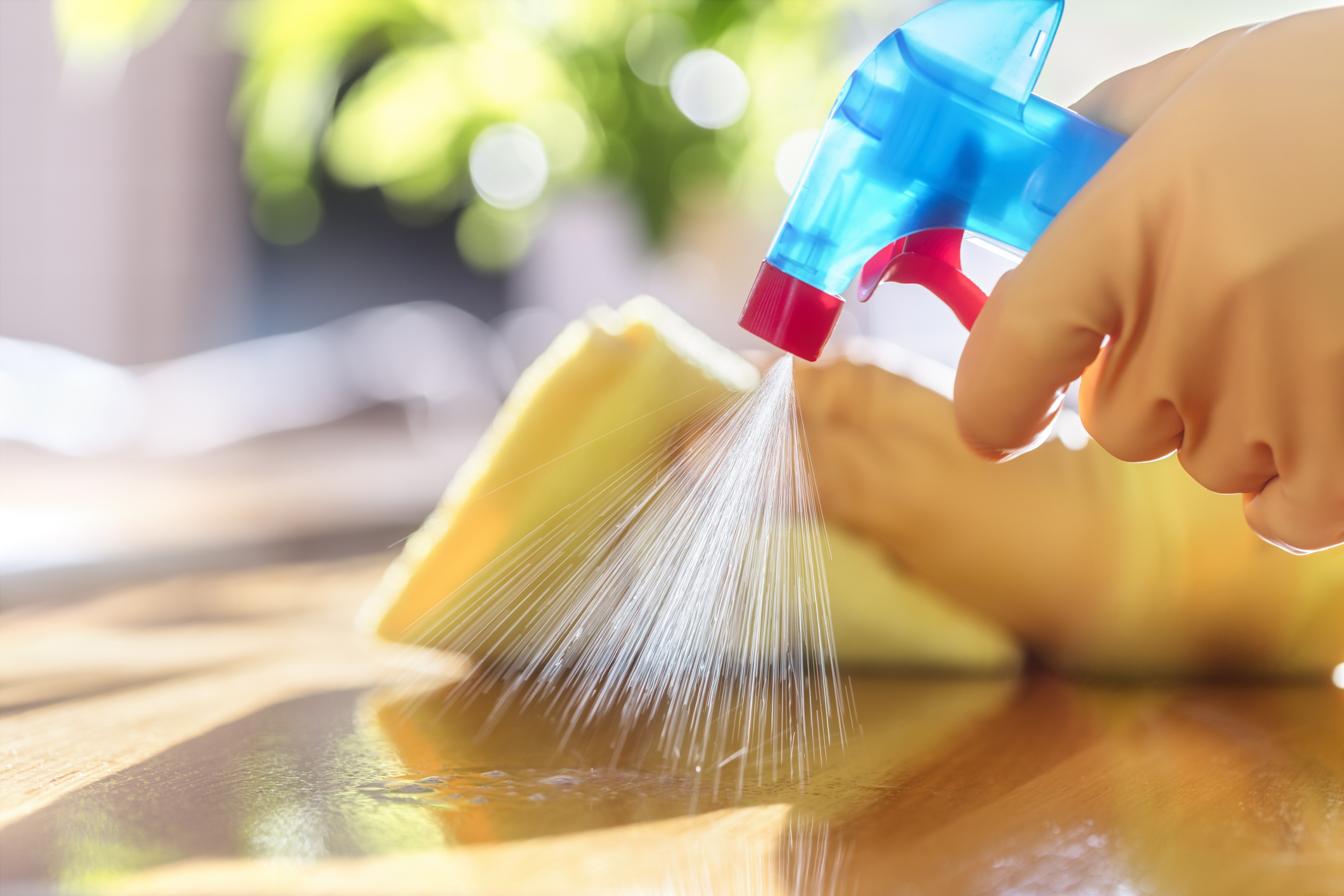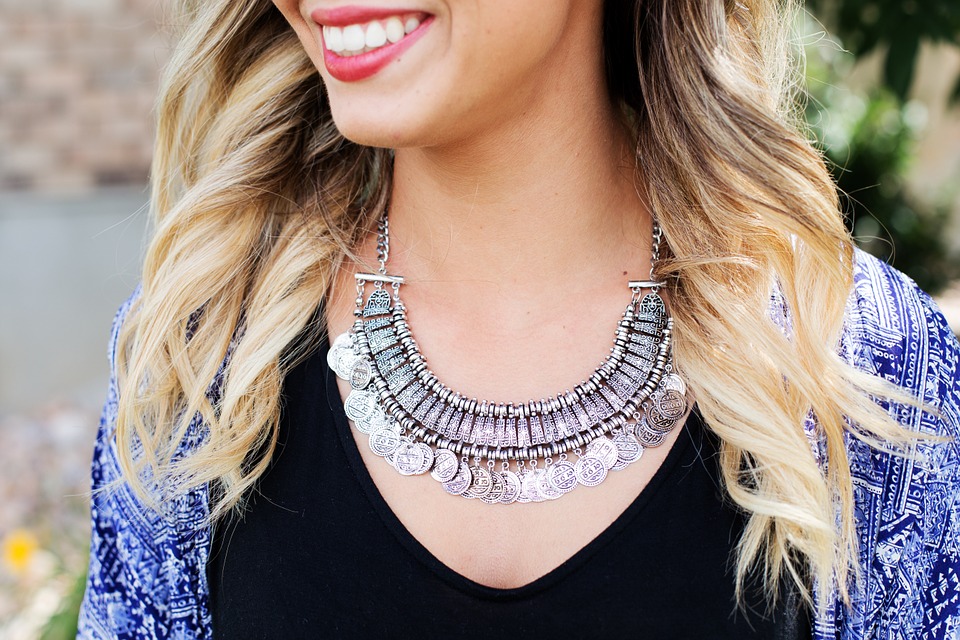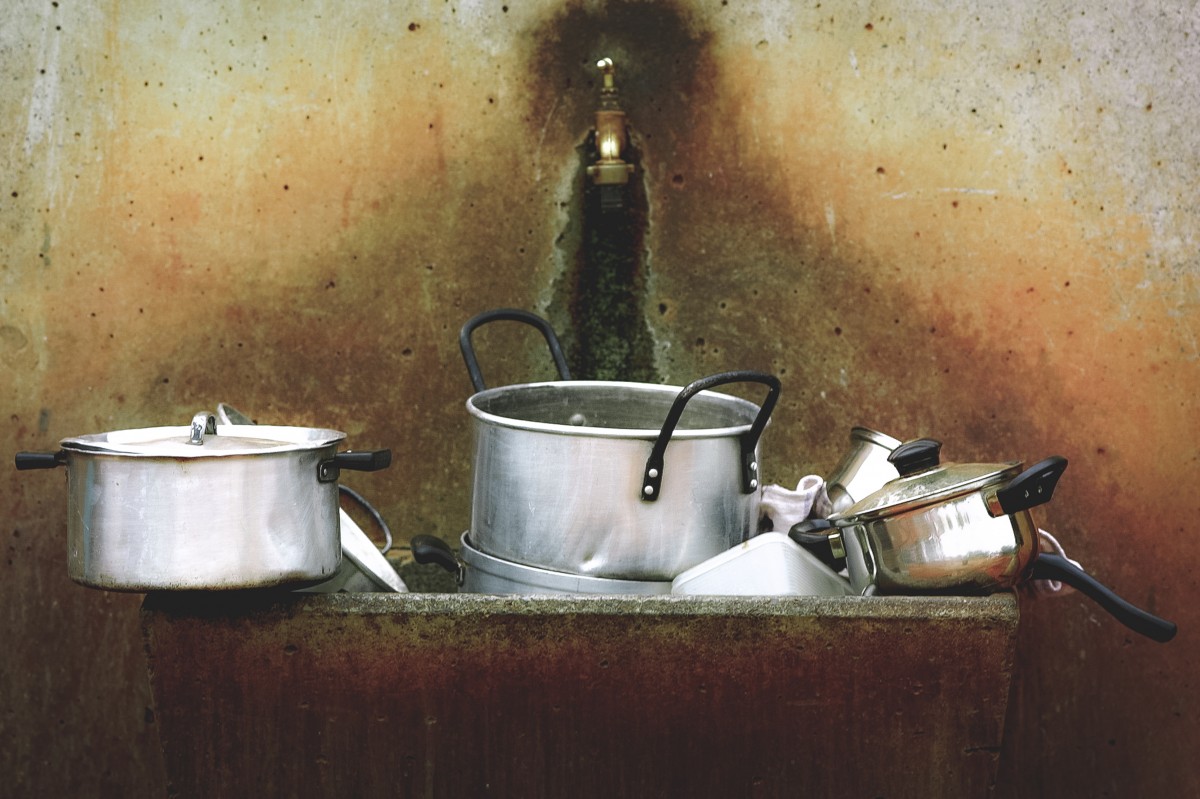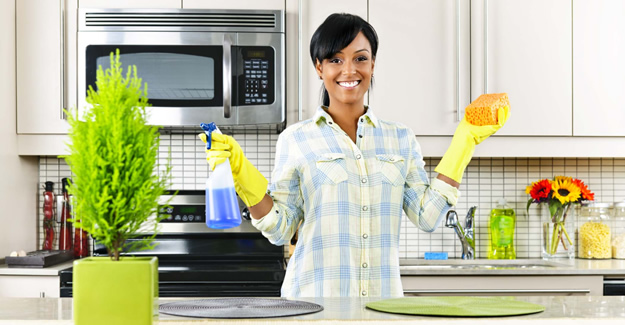Since it was revealed that hydrogen peroxide could slow healing time and even lead to scarring, it was no longer used to clean wounds. But, what if I tell you that it still deserves a place in your home?
-
Sanitize Cutting Boards and Disinfect Surfaces

It is recommended to regularly use hydrogen peroxide to clean and sanitize all cutting boards, especially those made up of wood and other porous materials, as it can remove any bacteria that may be hiding on the surface or in the cracks and crevices.
Once you have sprayed the peroxide cleaner, leave it for five minutes and then wipe it off with a clean and dry cloth. And, one little tip to extend the “life” of your cutting boards is by applying a coat of mineral oil.
Did you know that in their desperation of wanting spotless kitchen sinks and countertops, many homeowners have ended up damaging their counters? What you can do is to give them a quick spray of hydrogen peroxide and allow them to dry.
Now, when it comes to granite countertops, it is true that hydrogen peroxide can banish those pesky watermarks (that tend to appear far too easily) in a flash. All you need to do is to combine half a cup of baking soda and a few drops of three percent hydrogen peroxide to form a paste. And, once you have spread it over the stained area, leave it for around 10 minutes and then wipe it clean with a damp cloth. But, remember this can be done only once in a while and not continuously as the slightly acidic element can break down the finish and can also cause discoloring.
What about marble countertops?
We cannot deny the fact that marble is vulnerable to staining agents. But, one quick solution includes making a paste of flour and hydrogen peroxide and applying it directly to the stained surface. After covering the area with plastic wrap (which is used to keep the paste from drying out), leave it overnight and then clean it up first thing in the morning. And, once again, remember to use the hydrogen peroxide with caution and avoid regular use.
-
Boost Disinfecting Power of Dish Soap and Detergent

Try to add at least two ounces of hydrogen peroxide to your bottle of dish detergent or soap. And, you will see the magic once you wash the dishes.
-
Clean Toilets

Unexpected company is coming and your toilet is an absolute wreck. What do you do? Well, first, don’t snap into the full-on disaster mode. And, secondly, if you don’t want your guests to be horrified as soon as they walk into your bathroom, pour half a cup of hydrogen peroxide into your toilet to clean and sanitize it. Let it sit for at least half an hour (or more, if you have time before the arrival of your guests). Then, take the toilet brush and start the work.
-
Brighten up the Bathtub
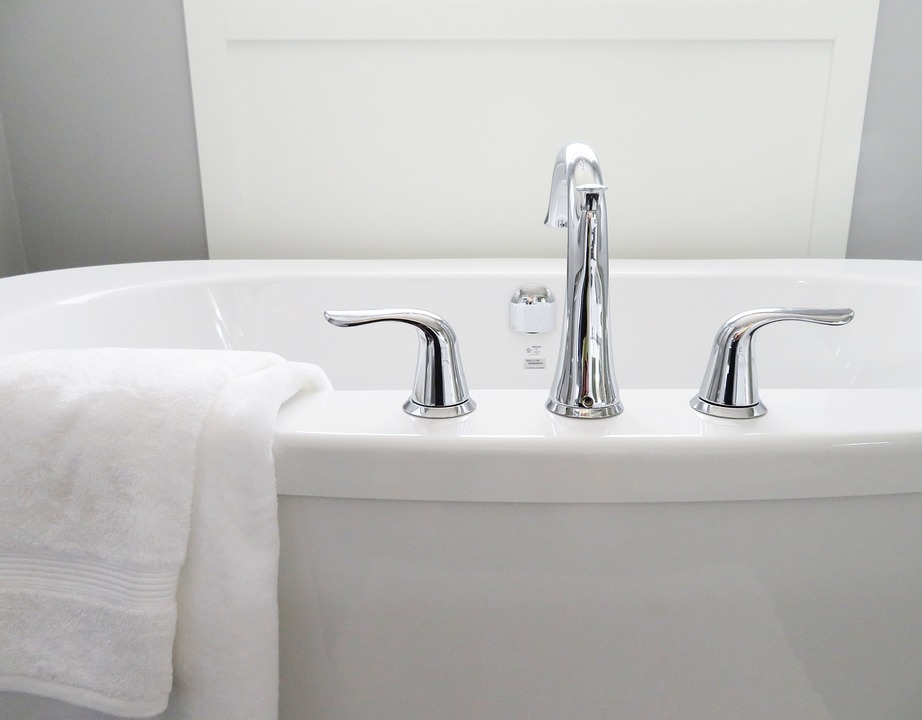
I am sure (99.9 % sure) you would have fainted if you had seen all the mold and grime in my bathtub (I know it’s really gross). But instead of using commercial tub cleaners, which usually include chemicals such as bleach, ammonia, and artificial fragrances that are very dangerous for the respiratory system, caustic to skin and generally harmful for the environment, I went for a much safer solution.
Out of 2/3 baking soda and 1/3 hydrogen peroxide, I made a paste and applied it to the tub area. After leaving it for 30 minutes, I rinsed it off and followed with a vinegar and water solution. And there was my all-clean-and-shiny bathtub.
-
Use in Place of Bleach in Your Laundry

Did you know that hydrogen peroxide can help to remove wine, chocolate, grass and armpit stains?
Pour a cup of hydrogen peroxide in with whites to remove stains. Leave for at least 10-15 minutes before starting the machine.
It can be really fun to learn about new house cleaning methods. But, keep in mind to never mix hydrogen peroxide with vinegar as the combination can form peracetic acid, which is very harmful. And, if you want to learn some more new house cleaning tips, well, stay tuned, as more are coming soon.

